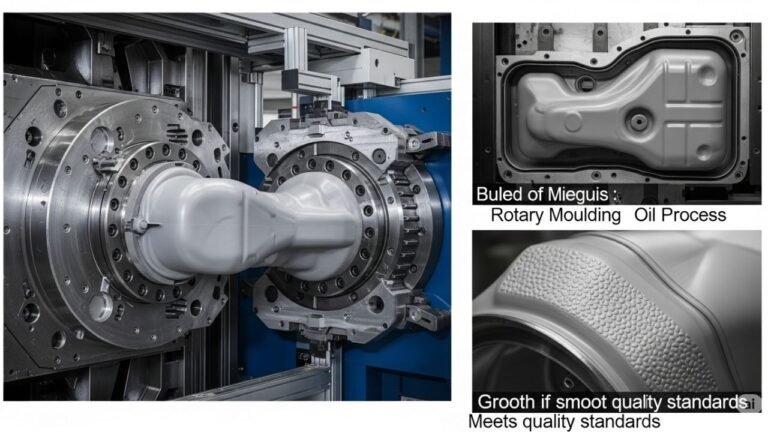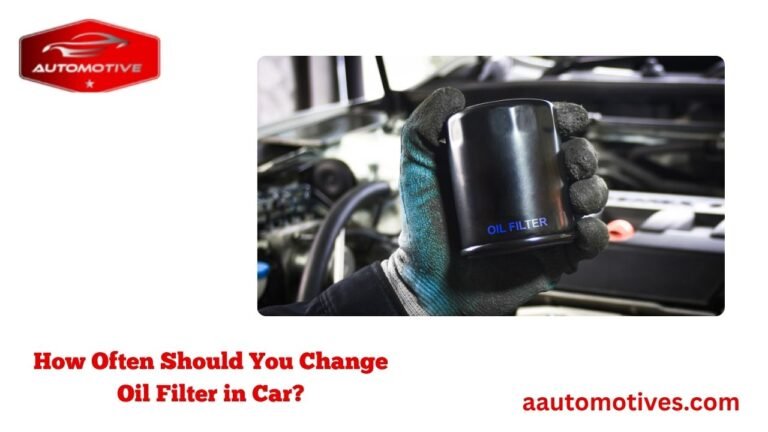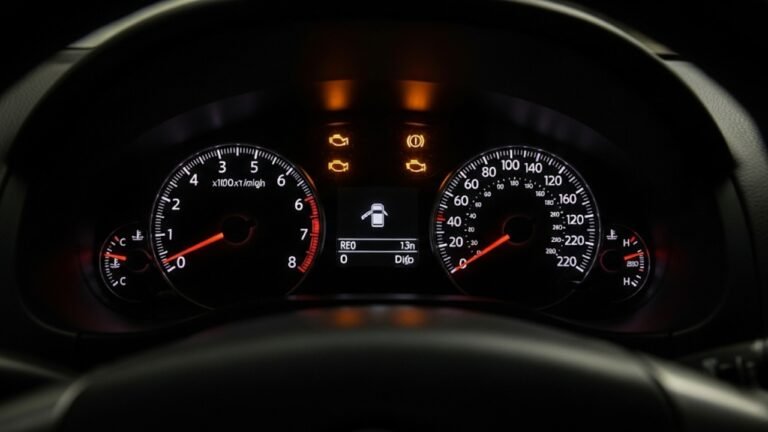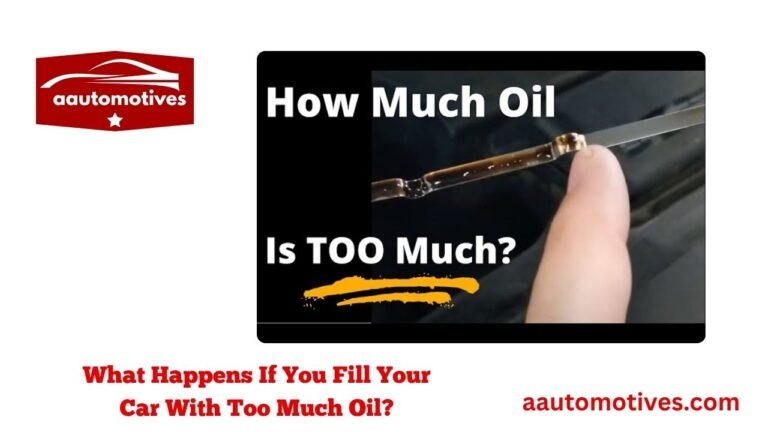PH7317 Oil Filter for What Car
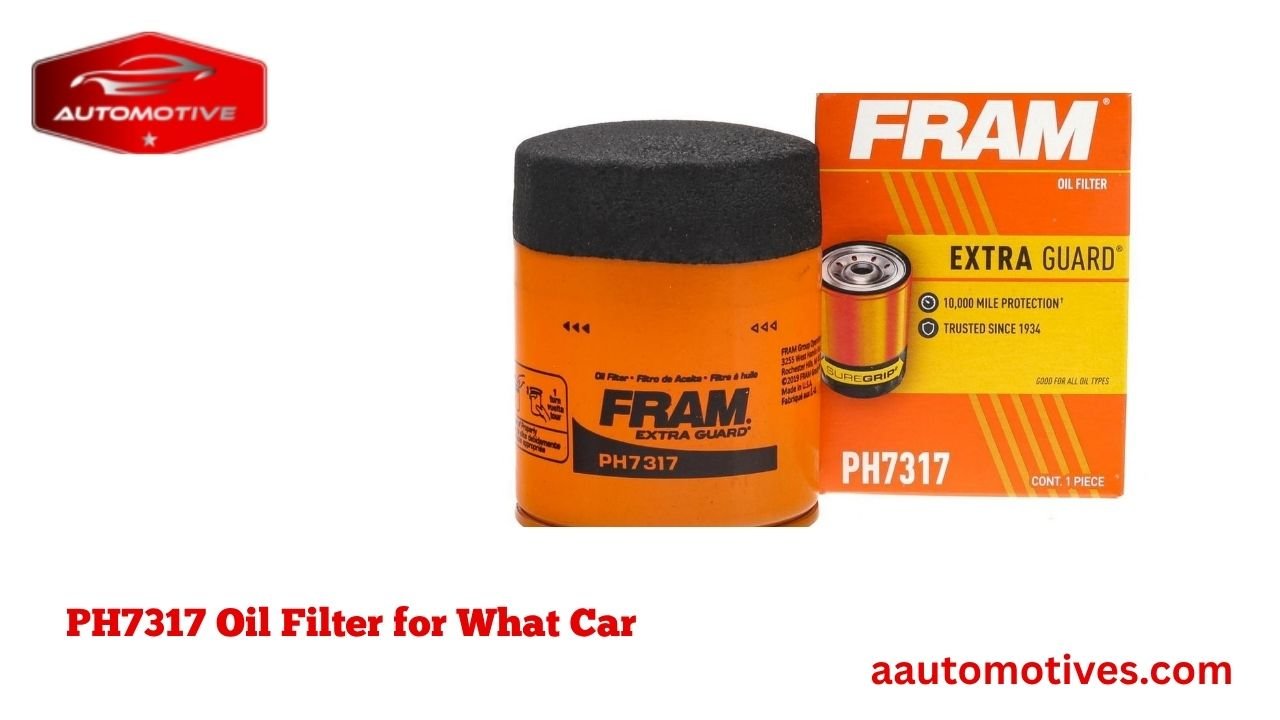
Ever stood in an auto parts aisle, scratching your head, asking yourself “PH7317 oil filter for what car?” Yeah, I’ve been there. It’s that one question that seems simple—until you realize how many filter models are out there. Don’t worry. I’ve got your back. Whether you’re doing your first DIY oil change or just trying to make sense of your mechanic’s lingo, this guide will walk you through everything about the PH7317 oil filter—what it fits, how it works, and why it might just be the unsung hero under your hood.
Why Oil Filters Matter More Than You Think

Think of an oil filter like your body’s liver. It filters out the gunk, debris, and contaminants that build up in the engine oil as your car runs. If it didn’t do its job, your engine would be swimming in sludge—and eventually, that means serious (and expensive) damage.
Now, the PH7317 oil filter isn’t just any filter. It’s a widely used part trusted by DIYers and professionals alike. Designed for high performance and durability, this little part can extend your engine’s life and keep things running smooth as butter.
Some key jobs your oil filter handles:
-
Trapping contaminants like dirt, metal particles, and carbon.
-
Keeping oil flowing smoothly without restrictions.
-
Preventing engine wear and overheating.
-
Ensuring fuel efficiency and clean combustion.
So yeah, it’s small. But mighty.
What Cars Use the PH7317 Oil Filter?
Okay, here’s the part you came for. Let’s talk about the cars that use the PH7317 oil filter. This model is popular across various makes and models. It’s most often found in Honda, Toyota, Mazda, Nissan, Hyundai, and even some Chrysler and Ford vehicles. Surprised? I was too the first time.
Here’s a handy table to help you figure it out at a glance:
| Vehicle Make | Common Models | Years |
|---|---|---|
| Honda | Accord, Civic, CR-V, Odyssey, Fit | 1999–2016 |
| Toyota | Corolla, Matrix, RAV4 | 2003–2015 |
| Mazda | Mazda3, Mazda6, CX-5 | 2004–2013 |
| Nissan | Sentra, Altima, Frontier | 2000–2012 |
| Hyundai | Elantra, Sonata, Tucson | 2006–2015 |
| Ford | Focus, Escape (with Mazda-based engines) | 2001–2008 |
| Chrysler | Sebring, PT Cruiser (w/ Mitsubishi engines) | 2001–2005 |
These aren’t the only cars it fits, but they’re the most common. Always double-check with your car’s manual or a parts compatibility tool online before installing.
Understanding Oil Filter Compatibility
Here’s the deal: not all oil filters are created equal. Even if they look the same, subtle differences in size, threads, or pressure ratings can mess things up.
The PH7317 oil filter is equivalent to a few other popular models from different brands. Think of it like soda—Coke, Pepsi, and RC are different, but they all do the same job: refresh you. In this case, they protect your engine.
Some cross-reference equivalents to the PH7317:
-
Fram PH7317
-
Wix 51356
-
Purolator L14610
-
Bosch 3323
-
Mobil 1 M1-110
-
K&N HP-1010
So, if you see one of these listed for your car, it’s probably a match. Again—double-check before you order!
How I Learned the Hard Way: A Quick Story
Let me get personal for a sec. A few years back, I decided to change my own oil. Felt like a boss. Bought the oil, grabbed the filter, and got to work. Everything was going fine until I started the engine. A weird ticking sound and a bit of oil leaking had me sweating buckets.
Turns out, I had used the wrong filter model—same thread, but different height. That small difference caused oil pressure issues. I had to redo the whole job and spent extra on cleanup. Since then, I always double-check my filter size. Trust me, learn from my mistake. The PH7317 oil filter is a great choice—as long as it’s the right fit.
The Specs Behind the Filter
Let’s talk nerdy for a moment. Understanding what makes the PH7317 oil filter special helps you appreciate its job even more.
Here are the key specifications:
-
Thread size: 20mm x 1.5
-
Bypass Valve: Yes (anti-drain back)
-
Height: Approx. 3.4 inches
-
Gasket Diameter: Around 2.5 inches
-
Efficiency: ~95% at 20 microns
-
Capacity: Mid-range for daily drivers
This means it’s engineered to trap tiny particles, hold a good amount of gunk, and still let oil flow under pressure. It’s reliable and efficient for both city drivers and highway cruisers.
What Makes the PH7317 a Trusted Choice?
Let’s be honest. Some people treat oil filters like a one-size-fits-all deal. But the truth is, quality matters.
The PH7317 oil filter is made with:
-
High-density synthetic blend media, which means better filtration.
-
A silicone anti-drainback valve, not rubber. That helps it last longer, especially in cold starts.
-
A durable steel canister that resists pressure and vibration.
It’s a filter that does its job quietly. You won’t notice it, and that’s the whole point. No leaks, no clogs, no warning lights. Just smooth, reliable performance.
When to Replace the PH7317 Oil Filter
Most people change it during every oil change, which is every 3,000 to 5,000 miles with conventional oil, or 7,000 to 10,000 miles if you’re using synthetic.
Here are some signs it’s time for a change:
-
Your engine sounds louder than usual.
-
Oil looks black and sludgy.
-
You see the oil warning light.
-
Your car’s fuel economy drops.
Changing it is cheap insurance. A clean filter keeps your engine young. Don’t skimp.
DIY or Mechanic? Changing the PH7317 Oil Filter Yourself
Changing your PH7317 oil filter yourself is not rocket science. All you need is:
-
A filter wrench
-
Some gloves
-
A drain pan
-
A funnel
-
And of course, the right oil and the PH7317 filter
It takes about 30 minutes. The hardest part is getting the old filter off. Pro tip: pre-fill the new filter with oil to reduce dry starts. And always lubricate the gasket before screwing it in. Tighten it by hand—don’t overdo it.
PH7317 vs Other Filters: What’s the Difference, Really?
Here’s where things get interesting. You’ve probably heard about OEM filters (Original Equipment Manufacturer) and aftermarket filters. So where does the PH7317 oil filter fit into this?
Well, PH7317 is generally considered aftermarket, especially from brands like Fram, but it’s engineered to meet or exceed OEM standards. That means you’re getting performance without the dealership price tag. It’s like buying a top-tier generic drug—it works just as well but costs less.
Let’s break it down a bit:
| Filter Type | Pros | Cons |
|---|---|---|
| OEM Filters | Guaranteed fit, trusted by automakers | Pricier, sometimes hard to find |
| Aftermarket (PH7317) | Great value, high availability | Quality can vary by brand |
| High-Performance | Best filtration, longer intervals | Expensive, usually overkill |
If you’re doing regular oil changes and driving a daily commuter, the PH7317 oil filter hits the sweet spot—reliable, affordable, and easily available.
Don’t Fall for These Common Oil Filter Myths
Let’s bust a few myths that might trip you up if you’re new to car maintenance.
Myth #1: “All filters are the same.”
Nope. Filters vary in media quality, pressure resistance, and flow rates. The PH7317 oil filter stands out because it balances affordability and efficiency. Not all budget filters offer that.
Myth #2: “You can reuse oil filters.”
Hard no. Once a filter is full of gunk, it can’t do its job anymore. Don’t risk your engine trying to save a few bucks.
Myth #3: “Changing the filter every other oil change is fine.”
This is old advice that doesn’t hold up. Your PH7317 oil filter should be changed every time you replace your oil. Clean oil + clean filter = happy engine.
Myth #4: “Any filter that screws on will work.”
Not true. Even a tiny difference in thread size or gasket shape can cause leaks or pressure issues.
Trust me—cutting corners here costs more later.
Pro Tips from Long-Time Car Owners
After chatting with a few old-school car guys in my circle—those who’ve been changing oil since the ’80s—I picked up some nuggets of wisdom that go beyond the manual.
-
Always keep a spare PH7317 in the trunk. Road trip mishaps happen, and not every gas station stocks this filter.
-
Warm up your engine before draining the oil. It makes the oil thinner and helps it flow out better.
-
Double-check the old gasket didn’t stick to the engine before installing the new filter. This is a common rookie mistake.
-
Use a torque wrench if you’re unsure how tight to go. Hand-tight is good, but snug and not overdone is best.
-
If your engine is known to be picky (like some Honda VTEC models), stick with premium oil and high-quality filters.
These small habits extend engine life, save gas, and keep your car running like it did on day one.
Eco-Friendly Car Care: What Happens to Used Filters?
Let’s talk sustainability for a sec. Oil filters, including the PH7317 oil filter, aren’t biodegradable. That means improper disposal can harm the environment.
Here’s what you can do:
-
Drain your used filter for at least 12 hours. Let all the oil seep out before tossing it.
-
Drop it off at auto parts stores. Places like AutoZone, Advance Auto Parts, and O’Reilly will take used filters for recycling.
-
Consider using eco-filters. Some newer brands now offer environmentally friendly versions that are easier to recycle and contain less metal.
Being a car lover doesn’t mean turning a blind eye to the planet. Every little bit helps.
Who Should Buy the PH7317 Oil Filter?
Here’s a quick checklist. The PH7317 oil filter is a smart buy if:
-
You drive a Japanese or Korean model from the early 2000s to mid-2010s.
-
You want a solid balance of quality and price.
-
You’re into DIY oil changes and want to keep things simple.
-
You’re looking for a trustworthy part that doesn’t cut corners.
If you’ve ever stood in front of a shelf full of filters and felt overwhelmed, the PH7317 is the one to grab. It’s a reliable, no-nonsense choice.
Why This Filter Has a Loyal Following
Over the years, the PH7317 oil filter has built a quiet fan base. Mechanics recommend it. DIYers swear by it. Even racers use it on their tuned daily drivers.
Why? Because it just works. No drama. No failures. Just clean oil, smooth rides, and peace of mind.
I remember my cousin—who works at a small-town garage—telling me, “We use PH7317 all the time. Never had a comeback.” And that’s saying a lot in a business where reputation means everything.
Final Thoughts: PH7317 Oil Filter for What Car and Why It Matters
Let’s circle back to our big question: PH7317 oil filter for what car?
By now, you know it fits a wide range of Honda, Toyota, Mazda, Nissan, Hyundai, and even some Ford and Chrysler models. But more than that—it fits the needs of drivers who care about their car’s health.
It’s not just about saving money or doing your own oil change. It’s about taking control. Knowing your parts. Trusting what’s under the hood.
So next time someone asks, “What car uses a PH7317 oil filter?” you can tell them:
-
“A lot of them!”
-
“But more importantly, it’s the right choice for smart drivers.”
Go ahead—give your car the love it deserves. Start with the right filter. Start with PH7317.



